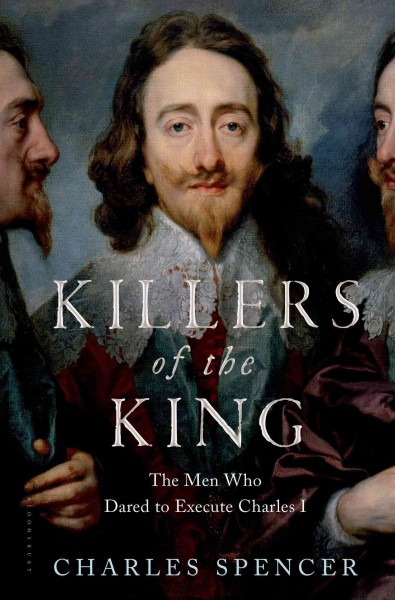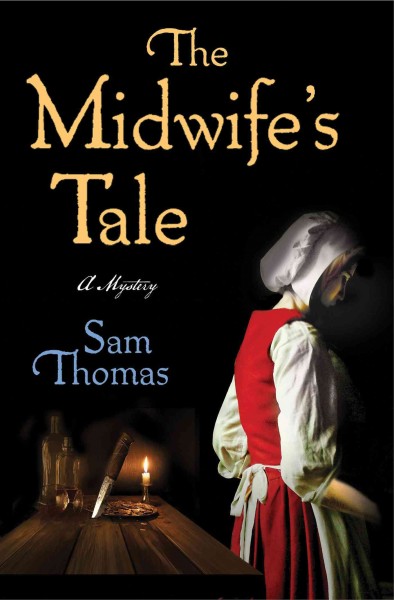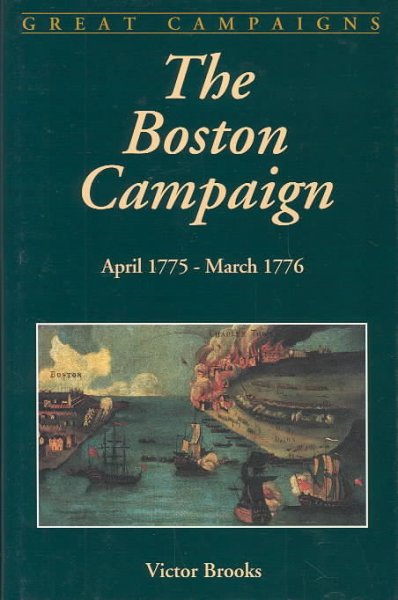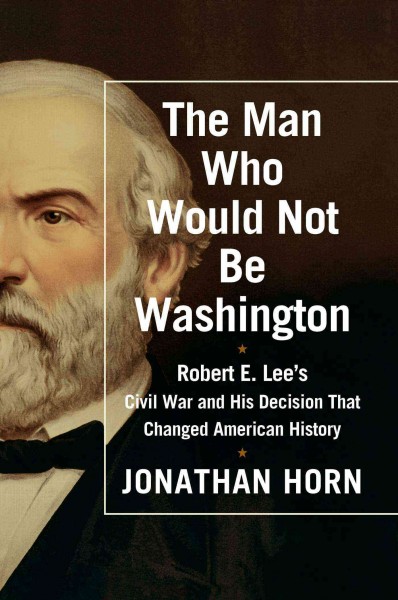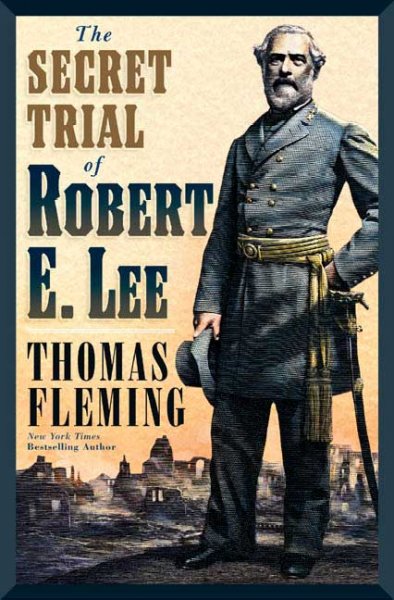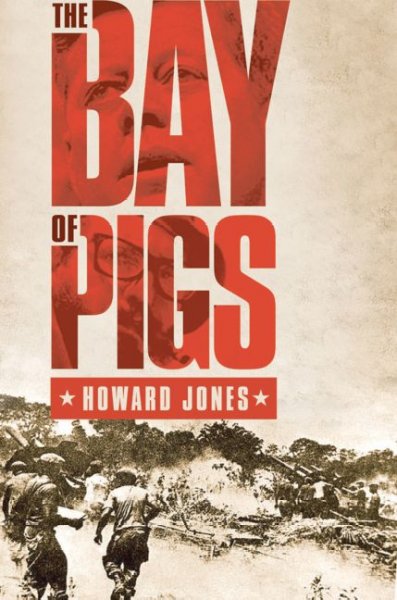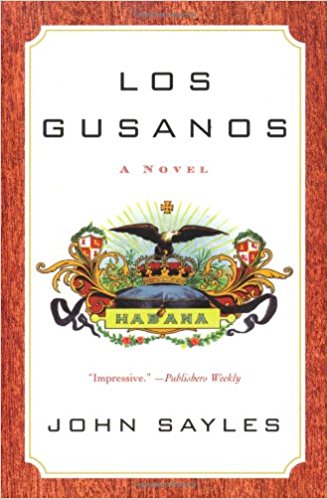
In our Today In History Reading List feature, we take the events of a particular day in history and try to give you a work of fiction and a work of non-fiction relating to those events.
1653 Oliver Cromwell Dissolves the Rump Parliament
At the end of the English Civil War in 1648 the Long Parliament (so called because it had sat throughout the Civil War without be dissolved) wanted to reinstate Charles II as king with limitations. This antagonized the Army faction and they took over and purged its opponents. What was left was known as the Rump Parliament, which oversaw the eventual execution of Charles II. Oliver Cromwell, as Lord Protector of England, came into conflict with the Rump Parliament over its handling of many issues and in 1653 ordered the army to shut down the Parliament.
Killers of the king : the men who dared to execute Charles I by Charles Spencer
On August 18, 1648, with no relief from the siege in sight, the royalist garrison holding Colchester Castle surrendered and Oliver Cromwell’s army firmly ended the rule of Charles I of England. To send a clear message to the fallen monarch, the rebels executed four of the senior officers captured at the castle. Yet still, the king refused to accept he had lost the war. As France and other allies mobilized in support of Charles, a tribunal was hastily gathered and a death sentence was passed. On January 30, 1649, the King of England was executed. This is the account of the fifty-nine regicides, the men who signed Charles I’s death warrant. Recounting a little-known corner of British history, Charles Spencer explores what happened when the Restoration arrived. From George Downing, the chief plotter, to Richard Ingoldsby, who claimed he was forced to sign his name by his cousin Oliver Cromwell, and from those who returned to the monarchist cause and betrayed their fellow regicides to those that fled the country in an attempt to escape their punishment, Spencer examines the long-lasting, far-reaching consequences not only for those who signed the warrant, but also for those who were present at the trial and for England itself. A powerful tale of revenge from the dark heart of England’s past, and a unique contribution to seventeenth-century history, Killers of the King tells the incredible story of the men who dared to assassinate a monarch.
The midwife’s tale by Sam Thomas
It is 1644, and Parliament’s armies have risen against the King and laid siege to the city of York. Even as the city suffers at the rebels’ hands, midwife Bridget Hodgson becomes embroiled in a different sort of rebellion. One of Bridget’s friends, Esther Cooper, has been convicted of murdering her husband and sentenced to be burnt alive. Convinced that her friend is innocent, Bridget sets out to find the real killer. Bridget joins forces with Martha Hawkins, a servant who’s far more skilled with a knife than any respectable woman ought to be. To save Esther from the stake, they must dodge rebel artillery, confront a murderous figure from Martha’s past, and capture a brutal killer who will stop at nothing to cover his tracks. The investigation takes Bridget and Martha from the homes of the city’s most powerful families to the alleyways of its poorest neighborhoods. As they delve into the life of Esther’s murdered husband, they discover that his ostentatious Puritanism hid a deeply sinister secret life, and that far too often tyranny and treason go hand in hand.
1775 Siege of Boston Begins
After the battles of Lexington and Concord, colonial forces closed of land access to Boston trapping the British inside. The siege would last until March 1776 when General Knox brought cannon from Ticonderoga and placed them on Dorchester Heights thus bringing British resupply ships under fire. The British evacuated.
The Boston campaign : April 1775-March 1776 by Victor Brooks.
The opening campaign of the American Revolution was the one which established the popular image of this conflict forever after. In later campaigns George Washington was to build a European-style army of reasonable proficiency, with adequate uniforms and weaponry. It was in Boston and its surrounding villages, however, that the American Revolution of legend was fought, where some of Britain’s finest regiments were bested by embattled farmers and tradesmen, without uniforms and with improvised weapons.Having been defeated at the villages of Lexington and Concord, the British found themselves besieged in Boston by a hastily-assembled army of Massachusetts militiamen. While unprofessional in appearance, many of the rebels were armed with rifled hunting pieces, which could strike massed troops moving across open ground with deadly accuracy. A British attempt to storm the main rebel position at Bunker Hill resulted in the single bloodiest engagement of the war. The British were forced to withdraw by sea to Canada, ending the first phase of the Revolutionary War in an American victory.Villanova professor Victor Brooks has taken a fresh approach to the Lexington-Concord-Bunker Hill-Evacuation campaign. The political and strategic considerations of the opponents are balanced with a wealth of operational detail. Of particular interest is the account of how the well-thought-out British combined arms assault on Bunker Hill fell apart. The main text is supplemented by sidebars, detailed orders of battle and specially commissioned maps in the classic Great Campaigns style.
Seven Days in June by Howard Fast.
No one has written more passionately and vividly about the American Revolution than Howard Fast. The author’s eight novels that take our fight for freedom as their theme include such classics as Citizen Tom Paine, April Morning, and The Hessian. In Seven Days in June he brings to life the Battle of Bunker Hill so the reader feels that he is actually there and is experiencing the story for the first time. This novel portrays both the American and British points of view of the battle for the control of Boston in June 1775, whose outcome would dramatically influence the strategies of George Washington and Sir William Howe for the rest of the war. Fast offers acid-etched portraits of the four British generals: Howe, John Burgoyne, Thomas Gage, and Henry Clinton, as well as their wives and paramours. He also evokes, in an unforgettable way, the American revolutionaries: Israel Putnam, William Prescott, Artemus Ward, Dr. Joseph Warren, Richard Gridley, and others. The central figure and hero is the fictional character Dr. Evan Feversham, a surgeon who ministered to the wounded in three horrific European wars and who fled England to America where he sought freedom. Most dramatic of all is the battle for Breed’s and Bunker hills. A couple of hundred American men and boys are ensconced behind a hastily built redoubt. They fight in the fashion they learned from the American Indians, facing three thousand soldiers of the mightiest army on earth as the enemy begins his ascent up the steep hills that lead to the ragtag rebel army. The British soldiers are led by the grenadiers who, in lines of 32 men, one hundred feet wide, with bayonets fixed, appear like veritable giants. With their great bearskinshakos atop their heads, they were close to seven feet tall, their packs and blanket rolls making them even more menacing. Leading the advance were the tiny drummer boys, all children, in keeping with the British conviction that age did not put any loyal subject of the Crown out.
1861 Robert E Lee Resigns from the United States Army to Join the Confederacy
In April 1861 Virginia seceded from the Union. Robert E Lee was offered command of the United States Army but refused it and returned to Virginia to lead their secessionist forces.
The Man Who Would Not be Washington: Robert E. Lee’s Civil War and His Decision that Changed American History by Jonathan Horn
The riveting true story of Robert E. Lee, the brilliant soldier bound by marriage to George Washington’s family but turned by war against Washington’s crowning achievement, the Union. On the eve of the Civil War, one soldier embodied the legacy of George Washington and the hopes of leaders across a divided land. Both North and South knew Robert E. Lee as the son of Washington’s most famous eulogist and the son-in-law of Washington’s adopted child. Each side sought his service for high command. Lee could choose only one. In The Man Who Would Not Be Washington, former White House speechwriter Jonathan Horn reveals how the officer most associated with Washington went to war against the union that Washington had forged. This extensively researched and gracefully written biography follows Lee through married life, military glory, and misfortune. The story that emerges is more complicated, more tragic, and more illuminating than the familiar tale. More complicated because the unresolved question of slavery–the driver of disunion–was among the personal legacies that Lee inherited from Washington. More tragic because the Civil War destroyed the people and places connecting Lee to Washington in agonizing and astonishing ways. More illuminating because the battle for Washington’s legacy shaped the nation that America is today. As Washington was the man who would not be king, Lee was the man who would not be Washington. The choice was Lee’s. The story is America’s. A must-read for those passionate about history, The Man Who Would Not Be Washington introduces Jonathan Horn as a masterly voice in the field.
The Secret Trial of Robert E. Lee by Thomas Fleming
1865. The Civil War is over and the South lies in ruins. But for some, the former slaveholders have not been punished enough. A cabal of powerful men, led by Charles A. Dana, the Assistant Secretary of War, plot to break the spirit of the South once and for all–by convicting General Robert E. Lee of treason and hanging him like a common criminal. To this end, they have convened a secret military tribunal in Lee’s former home in Arlington, Virginia. Jeremiah O’Brien of The New York Tribune, a long-time protege of Dana’s, is the only reporter allowed to attend the trial. His exclusive reports on this momentous event, and the book he intends to write, will surely make his fortune. Yet as the trial proceeds, pitting the general against his accusers, O’Brien finds himself torn between his loyalty to Dana, his love for a beautiful Confederate spy, and his growing respect and compassion for Lee himself. The young reporter is supposed to be only an observer, but, in the end, it is O’Brien who must evaluate the evidence . . . and determine the true meaning of honor. Written by acclaimed author and historian Thomas Fleming, The Secret Trial of Robert E. Lee brings to life a fascinating chapter in American history that might well have happened–and perhaps truly did.
1961 Bay of Pigs Invasion Fails
The Bay of Pigs Invasion was carried out by a CIA funded para-military force of Cuban refugees. There goal was to invade Cuba at the Bay of Pigs of the south coast of Cuba and topple Fidel Castro. The invasion began April 17 with air support from CIA and US Naval aircraft. After the initial landing, the Cuban Army lead by Castro counter attacked pinning down the para-military forces on their landing beaches and destroying them over the course of the next couple of days. As it became clearer to the world that the operation was US funded, President Kennedy discontinued offensive air support for the invasion. For several days afterwards attempts were may by the Navy to take off any survivors.
The Bay of Pigs by Howard Jones.
In The Bay of Pigs, Howard Jones provides a concise, incisive, and dramatic account of the disastrous attempt to overthrow Castro in April 1961. Drawing on recently declassified CIA documents, Jones deftly examines the train of missteps and self-deceptions that led to the invasion of U.S.-trained exiles at the Bay of Pigs. Ignoring warnings from the ambassador to Cuba, the Eisenhower administration put in motion an operation that proved nearly unstoppable even after the inauguration of John F. Kennedy. The CIA and Pentagon, meanwhile, both voiced confidence in the outcome of the invasion, especially after coordinating previous successful coups in Guatemala and Iran. And so the Kennedy administration launched the exile force toward its doom in Cochinos Bay on April 17, 1961. Jones gives a riveting account of the battle–and the confusion in the White House–before moving on to explore its implications. The Bay of Pigs, he writes, set the course of Kennedy’s foreign policy. It was a humiliation for the administration that fueled fears of Communist domination and pushed Kennedy toward a hardline “cold warrior” stance. But at the same time, the failed attack left him deeply skeptical of CIA and military advisers and influenced his later actions during the Cuban missile crisis.
Los Gusanos: A Novel by John Sayles.
Award-winning writer John Sayles’s critically acclaimed novel explores fifty years of Cuban-American relations. Set in Miami in 1981, Los Gusanos is the vivid and moving account of one extended family’s life in Cuba and the United States. With pathos and understanding, Sayles introduces us to a memorable range of characters—young, old, black, and white—all of whom are struggling to make a new life in their adopted country while haunted by the memories of Cuba. Taking as its title the derogatory term Castro used to describe those who fled to Miami after he came to power, Los Gusanos is beautifully rendered; a deterministic study of who will be the casualty and who the survivor in a time of political upheaval.
